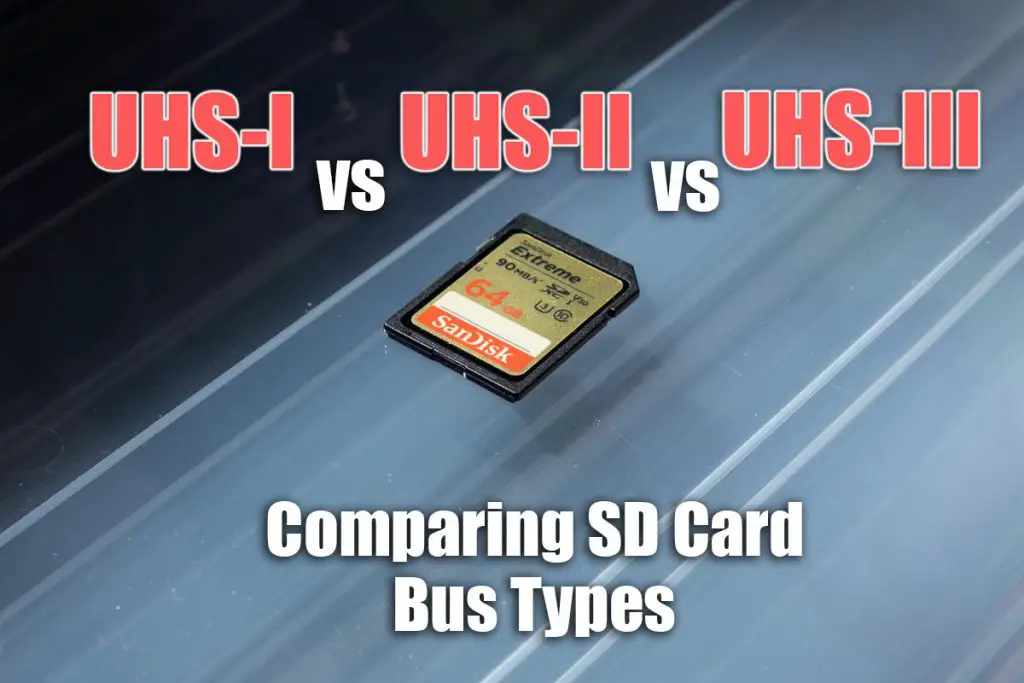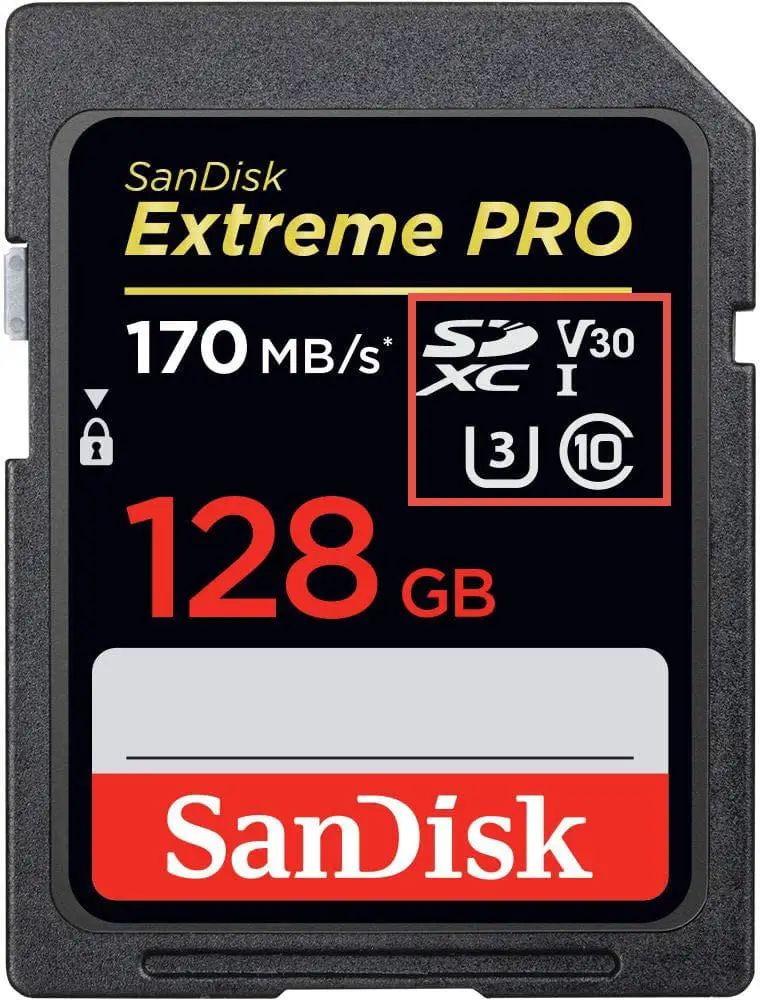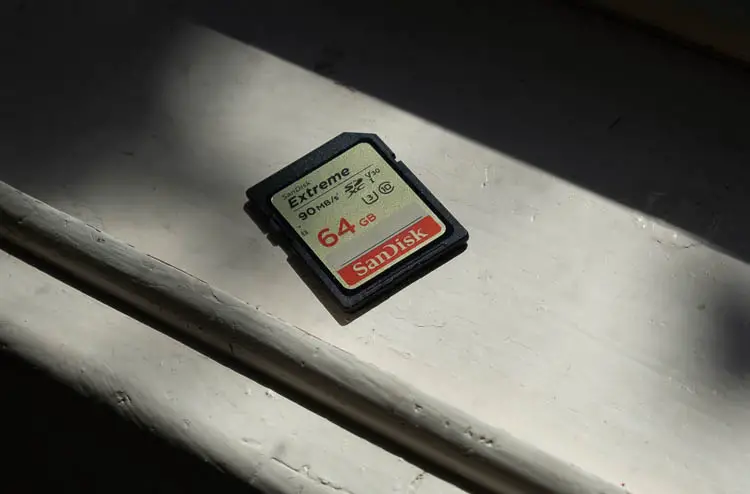With so many different classifications and specifications for SD cards, it can be hard to know which one is right for your application. One of the key differences between cards is the bus type.
In SD cards, the bus type tells you the maximum possible transfer speed the card is capable of. Two of the most common bus types are UHS I and UHS II, with UHS standing for Ultra High Speed.

UHS I vs UHS II vs UHS III
UHS I cards have a maximum possible transfer speed of 50MB/s or 104MB/s, depending on how they’re made. UHS II cards max out at 156MB/s or 312MB/s, again depending on construction, and have an extra row of pins.
There aren’t any UHS III cards available right now, but the specifications were announced in 2017. They are supposed to be able to have a maximum possible speed of 312MB/s or 624MB/s.
Because UHS II and UHS III cards have an extra row of pins, they require a device with the right memory card host to hit their top speed.
So while the fastest UHS II cards can theoretically transfer data more than two times faster than UHS I cards, that only happens in devices that specifically support UHS II cards.

| Maximum Transfer Speed Speed | UHS Bus Interface |
|---|---|
| 50-104MB/s |  |
| 156-312MB/s |  |
| 312-624MB/s |  |
| 985-3938MB/s |  |
Other Bus Types
When SD cards were introduced, they were able to transfer 12.5MB/s at most. The High Speed bus type doubled that to 25MB/s and was followed by the UHS I, UHS II and UHS III bus types.
An even newer specification, SD Express, was announced in 2018 and it’s very fastest transfer speed is 3,938MB/s, but again, cards haven’t started to appear on the market with this bus type yet.
Bus Type vs UHS Speed Class
The nomenclature on SD cards can seem endlessly confusing, so it’s important to be clear: bus type and UHS Speed Class aren’t the same.
Bus type refers to the maximum possible transfer speed that a card can achieve. That usually refers to the speed at which data can be read off of a card, as writing data to a card is more intensive and therefore slower.
UHS Speed Class, on the other hand, refers to the minimum sustained writing speed a card is capable of. That’s a crucial bit of information to know if you’re recording 4K video, which uses tremendous amounts of data.
There are two UHS Speed Classes available: Class 1, referred to as U1 and noted on cards with the numeral 1 inside a U, and Class 3, referred to as U3 and noted with a 3 inside a U.
U1 cards have a minimum sustained write speed of at least 10MB/s and U3 cards have minimum sustained write speeds of at least 30MB/s. The U3 Speed Class was introduced to handle 4K video, which requires fast writing speeds.
While both UHS Speed Classes are possible on cards with both the UHS I and UHS II bus types, as of now, nearly all UHS II cards are Class U3.
Bus Type vs Other Speed Classes

In addition to UHS Speed Class, SD cards are also categorized by Original Speed Class — sometimes just called Speed Class — and Video Speed Class.
Like UHS Speed Class, both of these indicate the minimum sustained write speed a card is capable of.
Original Speed Class is indicated by a C with a number inside. There are classes C2, C4, C6 and C10, with each number referring to the minimum write speed in megabytes per second.
Video Speed Class is indicated by a V followed by a number, with the classes V6, V10, V30, V60 and V90. Again, each number indicates the minimum sustained write speed of the card in megabytes per second.
The often confounding range of classes is thanks to the march of technology. When the first SD cards were introduced, writing speeds of 90MB/s simply weren’t possible for consumer technology, and weren’t necessary anyway.
The need for more and faster storage to record high resolution photos and videos, as well as transfer them from one device to another, as well as technological development, made faster cards important.
UHS 1 vs UHS 2: Which Is Better?
You should have a better understanding of what the various bus types mean when it comes to SD cards, but you might still be wondering which to buy.
That depends mostly on how you’re going to be using the card and the other specifications of the card. Generally speaking, UHS II cards are going to be faster than UHS I cards, but only in devices that support them.
If your camera, camcorder or tablet aren’t built with a UHS II host, then you won’t see the benefits from the speed. That’s because the new specification added the extra pins.
If you have a UHS II card, it will work in UHS I devices — the reverse is true, as well — but you’ll be limited to UHS I speeds.
Read More:
How many pictures can 1TB hold?






Leave a Reply